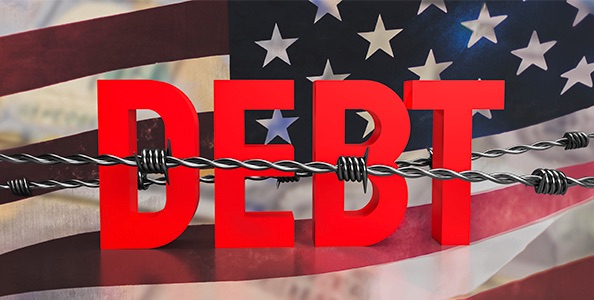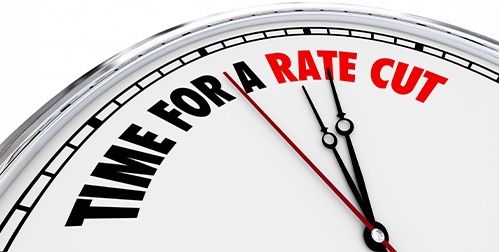- The Federal Reserve cut interest rates for the first time in 4 years by 50 bps
- There is concern the outsize interest rate cut is an indicator of deeper economic problems
- Analysts are taking the large rate cut as a sign to move into defensive safe haven assets, like physical gold or silver
Outsize Rate Cut Sparks Concern
The Federal Reserve sent shockwaves through financial markets with its first rate cut in four years. They slashed interest rates by a striking 0.5 percentage points. This aggressive move, twice the size of a typical rate cut, goes beyond a mere attempt to stimulate growth. It signals a much more profound concern within the central bank about the state of the U.S. economy. By taking this bold step, the Fed appears to be bracing for more than just a ‘soft landing’. Instead, it hints at underlying fears of a severe downturn, potentially even a looming recession.1
Reading Between the Lines: Fear of Recession
Rate cuts are often seen as tools to spur economic activity. They can encourage borrowing, spending, and investment by making money cheaper. However, the magnitude of this cut shifts the narrative from economic support to economic survival.
The size of the rate cut has raised concerns about what the Fed sees on the horizon. While the central bank has refrained from explicitly stating its fear of a recession, its actions speak volumes. In times of economic uncertainty, a modest rate cut is often employed to maintain momentum and confidence.

By contrast, a half-percentage-point reduction could have other implications. The Fed may be worried about more than just a temporary slowdown. Issues like an overheated stock market and an explosive debt crisis pose existential economic problems. Without this larger intervention, the situation could deteriorate rapidly.
“Bond King” Jeff Gundlach stated that the interest rate cuts are too little, too late. “We are in a recession already,” according to him. 2
Several economic indicators have been flashing warning signs for months. Growth has been sluggish. Job cut announcements climbed 193% over the last month. Inflation has remained persistently above the Fed’s 2% target. And global economic uncertainties have been mounting. The U.S. manufacturing sector shrank for the 11th time in the past 12 months, indicating a decline in overall production and demand. Consumer confidence has weakened, as has business investment. All these factors could have contributed to a cautious outlook from the Fed and the need for more dramatic action.3
The Market’s Mixed Reaction
The markets initially responded to the rate cut with enthusiasm. Stocks surged as investors welcomed the prospect of cheaper borrowing costs and a more accommodative monetary policy. However, this euphoria was short-lived. As the implications of the Fed’s decision sank in, a sense of unease began to permeate the markets. The initial 400-point gain was lost by the end of the day.
Broader Implications Across Sectors
The ramifications of the Fed’s decision are expected to ripple through various sectors of the economy. On one hand, lower interest rates can provide a boost to industries such as housing and consumer spending. Mortgage rates often decline in tandem with Fed rate cuts. This can potentially spur home-buying activity. Similarly, consumers might be more inclined to take on debt for big-ticket purchases like cars and appliances. Increased consumer spending can support retail and manufacturing sectors.
However, the flip side of this scenario is the psychological impact on businesses and consumers. When the central bank takes such a dramatic step, it can be interpreted as a sign that all is not well. This perception can lead to a self-fulfilling prophecy. Businesses may cut back on investments and hiring. Consumers can tighten their belts in anticipation of tougher times ahead. And with the era of ultra-low mortgages unlikely to return, the housing market can stall. If this sentiment takes hold, it could deepen the very economic weakness the Fed is trying to prevent.
Chris Rupkey is the Chief Economist at FWDBONDS. He stated, “some investors might be nervous and wondering what the Fed sees and what they do not. The last two times the Fed cut interest rates the first time they did it by 50 bps as well, but it was an emergency inter-meeting cut because the outlook had darkened. There were recessions in fact.”4
Historically, the economy doesn’t do well after an initial 50-point cut. On Jan 3rd, 2001, the S&P 500 fell ~39% over the next 448 days. Unemployment rose another 2.1%. And then on September 18,2007, the S&P 500 fell ~54% over the next 372 days. And unemployment rose another 5.3%. 5
Moreover, the Fed’s aggressive rate cuts carry the risk of reigniting inflation. By making money cheaper to borrow, the central bank could inadvertently fuel rising prices, especially if demand rebounds unevenly. With economic growth already sluggish, this scenario creates the risk of stagflation—a situation where inflation rises even as economic growth stagnates. Stagflation can be particularly damaging because it limits the Fed’s policy options. If inflation picks up while growth remains weak, the Fed could find itself in a bind, struggling to balance the dual threats of rising prices and anemic economic activity.
 6
6
Conclusion: The Shadow of Uncertainty
The Federal Reserve’s decision to cut interest rates by 0.5 percentage points can be seen as more than just a monetary policy adjustment. It may be a statement of concern. Is the central bank aware of economic risks that we aren’t? The fear of a recession looms larger now than it did before the Fed’s announcement. Businesses, consumers, and investors are left to grapple with what might come next. You can protect your portfolio with safe haven assets like physical gold or silver, especially in a tax-advantaged Gold IRA. Contact us today at 800-462-0071 to learn how.


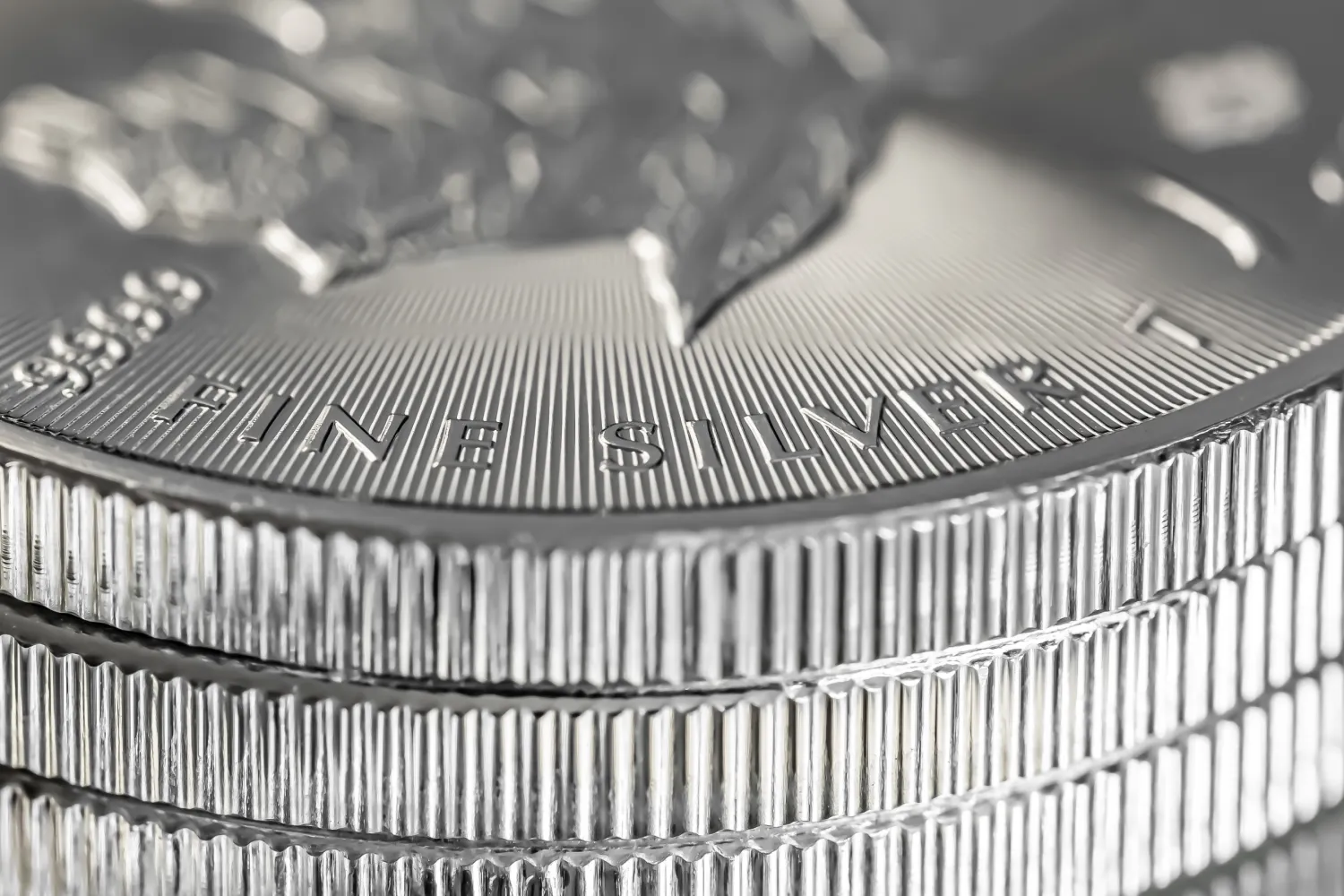
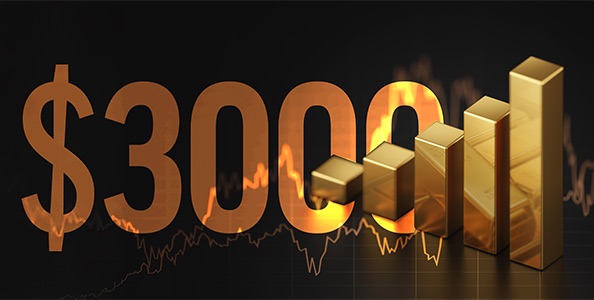
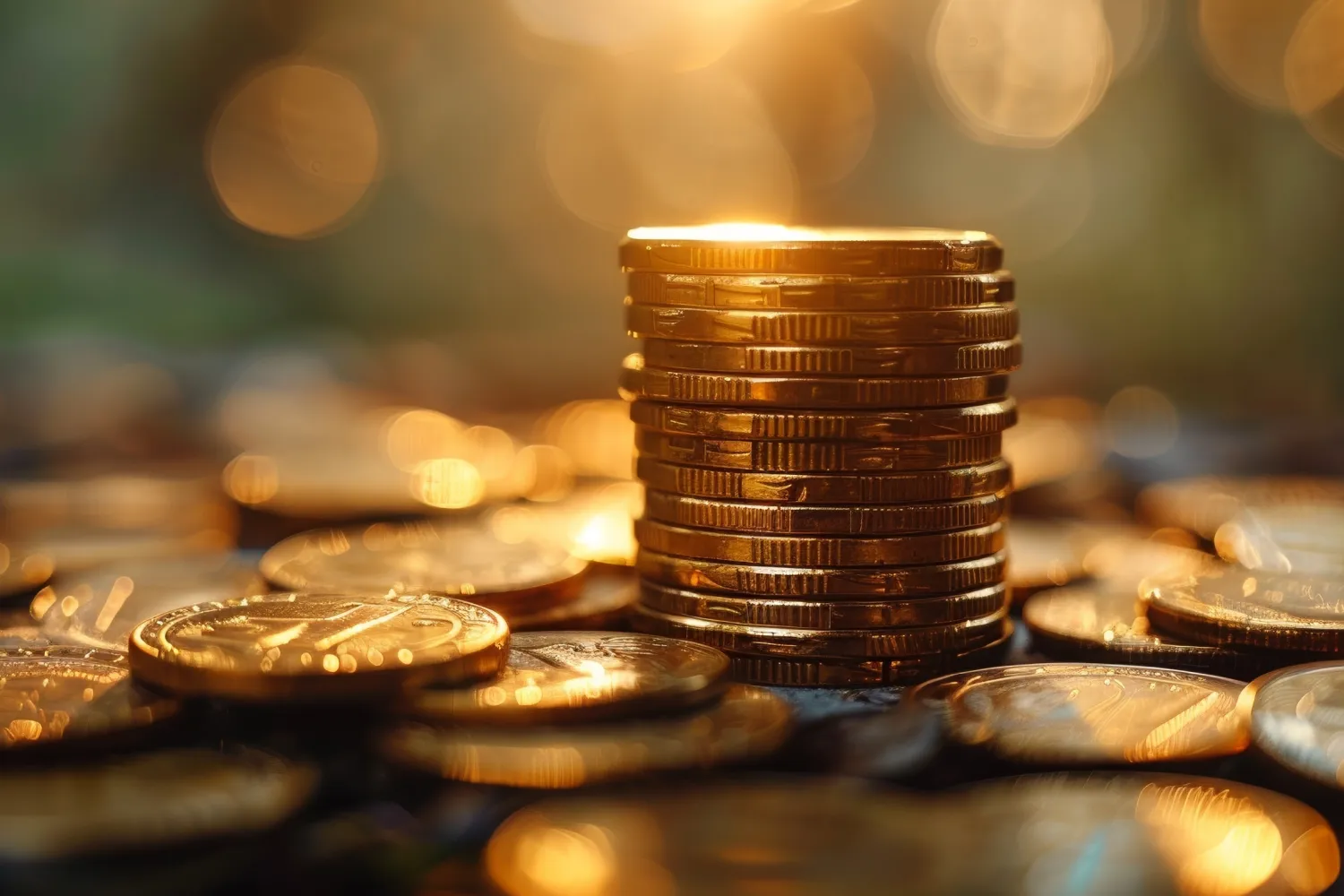
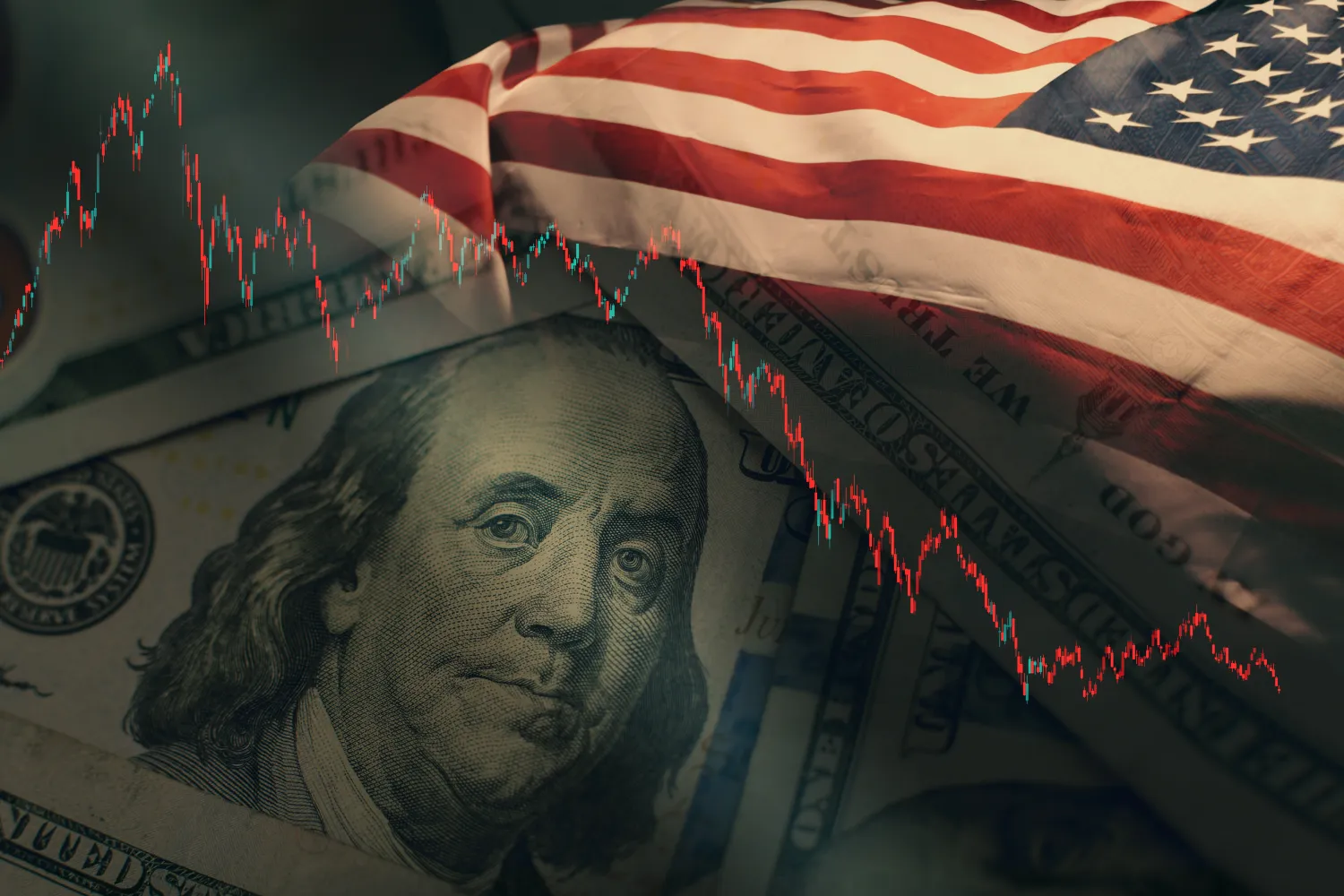

 2
2
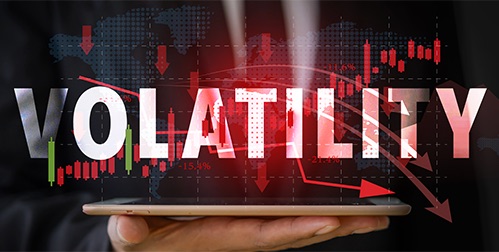

 5
5
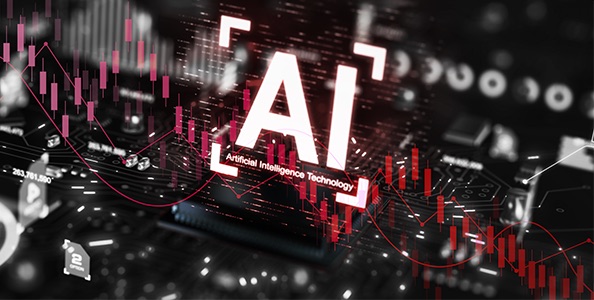

 3
3